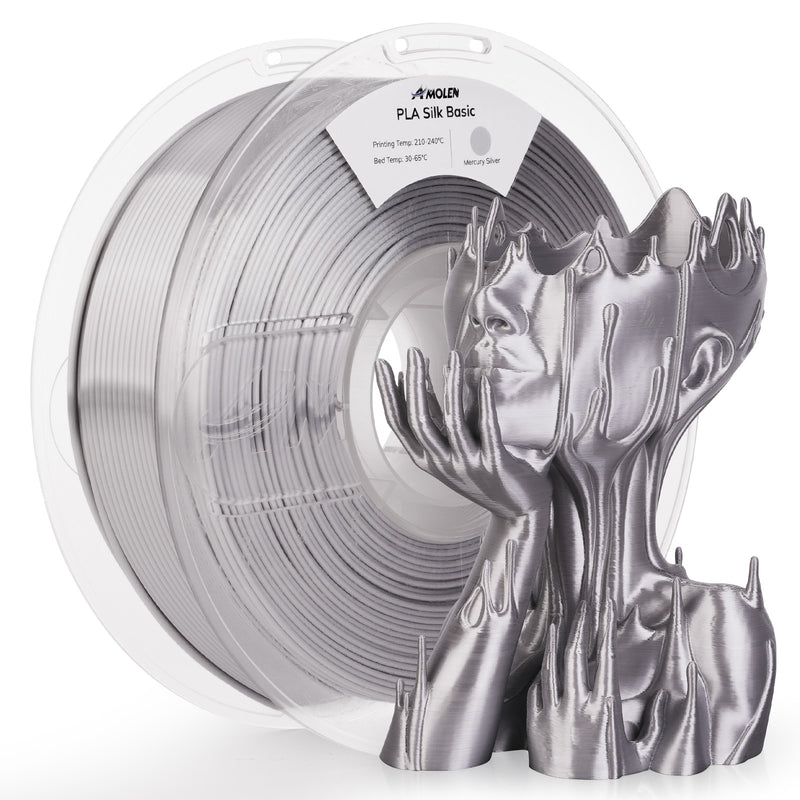Unlock Your 3D Printing Potential: Discover the Best PLA Filament Deals and Secrets!
In recent years, 3D printing has surged in popularity, transforming from a niche hobby into a mainstream activity embraced by enthusiasts and professionals alike. At the heart of this innovation lies the choice of filament, which significantly influences the outcome of your 3D prints. Among the plethora of options available, PLA (Polylactic Acid) filament stands out as an ideal choice for beginners due to its user-friendly characteristics and eco-friendly nature. Derived from renewable resources like cornstarch or sugarcane, PLA not only offers a sustainable alternative to traditional plastics but also produces minimal odor during printing, making it suitable for indoor environments. This article aims to guide you through the labyrinth of PLA filament options, helping you make informed decisions that elevate your 3D printing experience.

Understanding PLA Filament
PLA filament is a thermoplastic made from biodegradable materials, primarily derived from natural sources such as corn starch or tapioca roots. Its composition makes it one of the safest and most environmentally friendly filaments available today. One of the primary reasons for its widespread use in 3D printing is its ease of use; PLA adheres well to the print bed, reducing the chances of warping during the cooling process. Additionally, it has a lower melting temperature compared to other filaments, which means that it can be printed with a wide range of 3D printers without requiring specialized equipment. Its versatility allows for various applications, from prototypes and models to intricate designs and functional parts. A friend of mine, who recently took up 3D printing as a hobby, shared how his first many successful prints were all made with PLA, showcasing its reliability for newcomers to the 3D printing world.
Key Factors to Consider When Choosing PLA Filament
When selecting PLA filament, there are several crucial factors that can impact your printing experience. First and foremost is the filament diameter, typically available in 1.75mm and 3mm sizes. Ensuring that you choose the correct diameter for your 3D printer is essential for optimal results. Next, consider the print temperature; PLA generally prints well between 180°C and 220°C, but this may vary depending on the specific brand or blend you choose. Color options are another significant aspect, as PLA comes in a myriad of colors, including transparent and metallic varieties, allowing for creative expression. Lastly, the finish quality can vary based on the manufacturing process, with some filaments offering smoother surfaces and better detail retention. A fellow 3D printing enthusiast mentioned how experimenting with different finishes dramatically improved the appearance of his projects, highlighting the importance of selecting the right filament.
Comparing PLA Filament Options
The market offers a diverse range of PLA filament options, each tailored to different needs and preferences. Standard PLA is the most common choice, ideal for general printing and easy to work with. For those seeking enhanced performance, PLA+ provides improved strength and flexibility, making it suitable for more demanding applications. Specialty blends, such as wood-infused or glow-in-the-dark PLA, add unique characteristics to printed objects, allowing for creative projects that stand out. Understanding these differences is key to selecting the right filament for your specific project. For instance, a friend of mine recently used wood-infused PLA to create a decorative item, and the final product not only looked stunning but also had a pleasant aroma reminiscent of freshly cut wood.
Finding the Best Deals on PLA Filament
Finding competitive prices on PLA filament can be an exciting challenge for any 3D printing enthusiast. One of the best strategies is to utilize online shopping platforms that often feature discounts and promotions. Keeping an eye out for seasonal sales can lead to significant savings, especially during holidays or special occasions. Additionally, consider the advantages of bulk purchasing, as many retailers offer discounts when you buy multiple spools at once. However, it's essential to prioritize quality over price; while it may be tempting to opt for the cheapest option available, investing in a reputable filament can save you time and frustration in the long run. A close friend of mine swears by waiting for sales events to stock up on high-quality PLA filament, ensuring that he always has reliable materials on hand for his projects.
Maximizing Your 3D Printing Experience with PLA
In conclusion, selecting the right PLA filament is crucial for maximizing your 3D printing potential. As we've explored, understanding PLA's unique properties, considering key factors when choosing filament, and comparing various options can significantly enhance your printing experience. Remember to take advantage of the tips provided to find the best deals while prioritizing quality. By doing so, you can unlock the full potential of your 3D printer and create stunning projects that reflect your creativity and skill. So, take the plunge and explore the diverse world of PLA filament; your 3D printing journey awaits!







